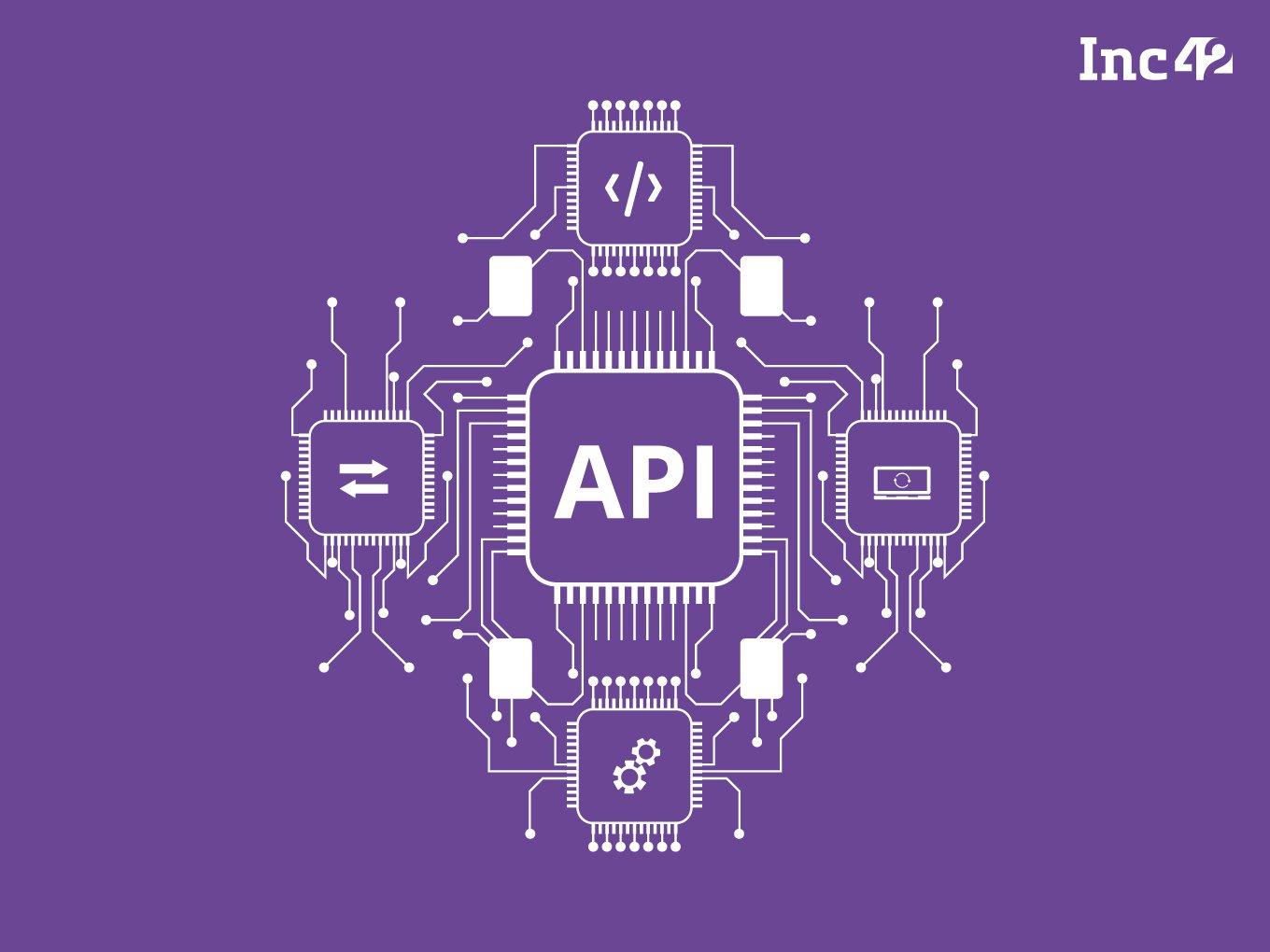What Is Application Programming Interface (API)?
Essential for software integration, API (application programming interface) act as a bridge, enabling the flow of services between different applications. For example, your Direct-to-Consumer (D2C) or ecommerce platform can effectively use APIs to exchange critical data like catalogue content, order management, pricing information and customer data with other applications.
The rise of APIs has redefined data sharing and interconnectivity among applications, bridging gaps in internal data structures and technology platforms. For enterprises, APIs serve as crucial enablers, fostering agility, efficiency, innovation and growth. Their far-reaching impact on financial performance has given rise to the API economy, where they play a pivotal role in bolstering a company’s profitability.
What Are The Different API Models?
There’s no doubt that APIs have become a driving force behind the growth and success of various industries. In particular, D2C businesses and ecommerce enterprises have greatly benefited from the adoption of different API models.
These models serve as the essential building blocks that enable seamless integration, process optimisation and enhanced customer experiences.
Now, let’s late a look at three different types of APIs
- Systems APIs: Systems APIs provide direct access to core systems such as enterprise resource planning (ERP) and customer relationship management (CRM). These core systems are typically complex and may have proprietary interfaces that may pose integration challenges. Systems APIs offer a solution to bypass this complexity, making it easier for D2C and ecommerce businesses to connect their front-end applications with critical back-end systems.
Consider a D2C fashion brand that manages its inventory and customer data through an ERP system. By implementing a Systems API, the brand’s ecommerce platform can seamlessly communicate with the ERP, automatically update inventory levels, process orders, and synchronise customer information in real-time.
- Process APIs: Process APIs play a vital role in breaking down data silos and optimising internal processes within a single system or across multiple systems. They allow different components of an application or business to interact and exchange information efficiently, independent of the data’s source systems or delivery channels.
For instance, a D2C health and wellness company utilises a multitude of systems, including sales, marketing, and inventory management. By implementing a Process API, the company connects these systems seamlessly. When a customer places an order, the API triggers a series of actions, such as updating inventory, notifying the fulfilment team, and initiating a follow-up marketing campaign.
- Experience APIs: Experience APIs, also known as User Experience (UX) APIs or Integration APIs, focus on reconfiguring data to suit different audience requirements and delivering a consistent and personalised experience across various channels. These APIs enable data utilisation from a shared data source, eliminating the need for separate point-to-point integrations for each channel.
How Do They Enable Growth Of D2C And Ecommerce Businesses?
In the world of ecommerce, efficient data orchestration is essential for successful implementation and ongoing operations. APIs play a vital role in enabling seamless connections between ecommerce platforms and various back-end systems. These systems include:
- Enterprise Resource Planning (ERP)
- Product Information Management (PIM)
- Customer Relationship Management (CRM)
- Order Management System (OMS)
- Warehouse Management System (WMS)
- Point-of-Sale (POS)
- Content Management System (CMS)
Integrating these systems correctly is pivotal for businesses to achieve maximum efficiency, agility and adaptability. The smooth and accurate flow of information concerning inventory, customers, pricing and order data can significantly impact revenues, operational costs and customer loyalty.
By leveraging ecommerce APIs, businesses can harmonise data across multiple systems, ensuring a seamless flow of information.

How To Create An API?
The process of creating an API involves multiple steps, which may vary depending on the chosen technology stack and programming language. Below is a general outline of the steps involved:
- Define Your API’s Purpose: Clearly define the purpose and functionality of your API — for instance, what kind of data or services will your API provide to other applications or clients.
- Choose The API Type: There are many different types of APIs such as RESTful APIs, SOAP APIs, and GraphQL APIs. RESTful APIs are a good starting point for many projects because they are widely used and straightforward to implement.
- Choose A Programming Language And Framework:: Select a programming language and framework that suits your project requirements. Popular choices for building APIs include Python (with frameworks like Flask or Django), Node.js (with Express.js), Ruby (with Ruby on Rails), and Java (with Spring Boot).
- Design API Endpoints And Methods: API endpoints are the URLs that clients will use to access your API. HTTP methods, such as GET, POST, PUT, and DELETE, define the actions that clients can take on each endpoint.
- Set Up The Development Environment: Install the necessary tools and dependencies for your chosen programming language and framework. Set up your development environment to begin coding.
- Implement The API Endpoints: Write the code to handle each API endpoint. This involves defining the route handlers, processing incoming requests, and returning appropriate responses (usually in the JSON format).
- Implement Authentication And Authorisation (Optional): If your API requires restricted access or user-specific data, implement authentication and authorisation mechanisms. Popular methods include API keys, OAuth, and JWT (JSON Web Tokens).
- Test Your API: Use testing tools, such as Postman, or write automated tests to ensure your API works correctly and handles various scenarios, including error cases.
- Document Your API: Create clear and comprehensive documentation for your API. This will help other developers understand and use your API effectively.
- Deploy Your API: Deploy your API to a server or cloud platform like AWS, Google Cloud, or Azure to make it accessible to other applications or clients.








